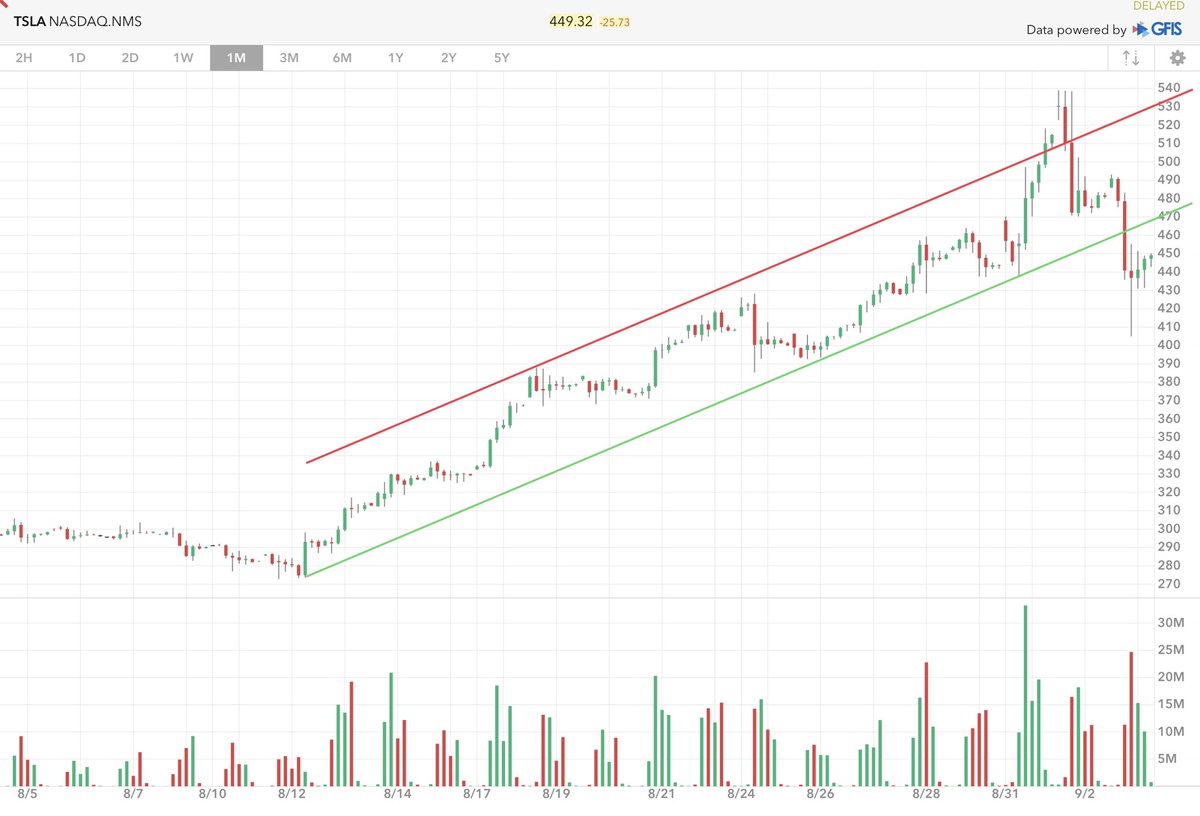And we need to respect three things about this human driver :
- so the classic visualization of this is like a time-based video game with the vehicle shown inside a 3D map of its surroundings
- he is the only fixed object and everything else is moving relative to him with complex vectors
- whether they be a vehicle, a human, or even a cat
- but in perspective form and in relation to his own position before relative to any other object
- this is more complex than it sounds because he and they are moving relative to each other as well as relative to their own position and orientation
- we may think of those changes relative to the object itself but the driver is actually seeing and assessing those changes relative to himself
And some may argue that these 9D can be approximated by 3D + T for terrestrial driving purposes
- and they may be right, depending on how the internal algorithms handle the available data
- a tennis player provides an illustration of this
- or they can require “instant” response like a child darting out into the road in pursuit of a rolling ball
“the driver exists in an Einstein relativistic space where he sees everything relative to his own continuously moving position”
- showing where roads lead to, and how to enter and leave highways, and where to expect intersections, speed control zones, schools, etc
- it will first have to go through a complex transformation process
- and it will be carrying lots of extraneous and unnecessary data which will give the impression of precision but in fact will only be serving as distraction
- than trying to create highly detailed maps that have little or no intelligent uses



